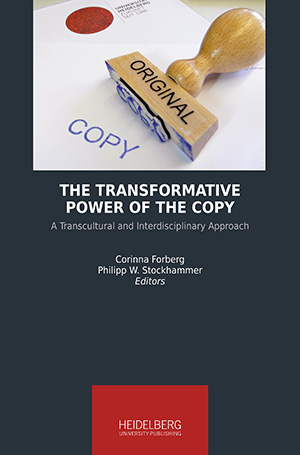Zitationsvorschlag
Lizenz (Kapitel)

Dieses Werk steht unter der Lizenz Creative Commons Namensnennung - Weitergabe unter gleichen Bedingungen 4.0 International.
Identifier (Buch)
Veröffentlicht
Mimetic Theories, Representation, and “Savages”. Critiques of the Enlightenment and Modernity Through the Lens of Primitive Mimesis
Abstract This essay explores the “primitive” sources of mimetic theory. With a focus on concepts of imitation and representation, it discusses how ethnographic and imaginary depictions of allegedly primitive and tribal societies influenced the theorizing of mimesis in different historical periods. The first part argues that, during the Renaissance and the Enlightenment, understandings of mimesis and representation evolved that put an emphasis on their mechanical, and potentially deceptive, features. Discourses on the fetishist and imitative practices of indigenous societies were based on these assumptions, and in the course of colonial expansion, substantiated claims of civilizational superiority. With reference to late nineteenth and early twentieth-century anthropology, the following part of the essay explores James Frazer’s theory of imitative magic and Lucien Lévy-Bruhl’s concept of mystical participation. Whereas differences regarding notions of imitation and representation here still mark the evolution from primitive to modern society, later developments turn these ideas on their heads: critiques of modernity and the Enlightenment, especially in the works of Walter Benjamin and Theodor W. Adorno of the Frankfurt School of critical theory before WWII, postulate that mimesis and animist representations have been repressed. Like other accounts of primitivism, these theories suppose that they are still present in primitive societies, but that their vanishing in modernity have lead to alienation. The final part argues that claims of civilizational superiority on the one hand, and anxiety over increasing alienation on the other, have now been critically reviewed in the theorizing of mimesis and representation, but that current discussions on authenticity and originality are still marked by traces of primitivism.
Keywords Mimesis, primitivism, representation, anthropology






